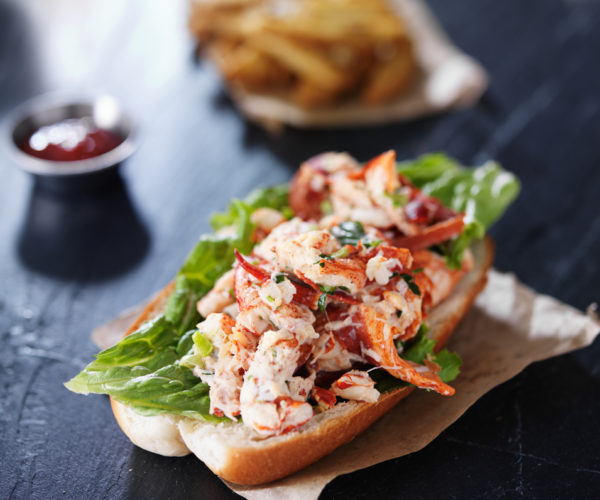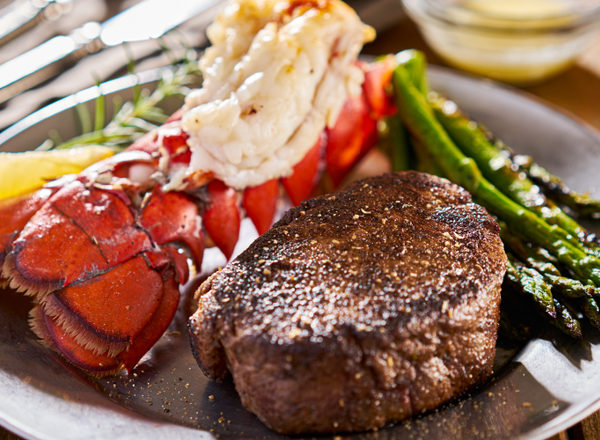When it comes to hearty lobster-focused meals, people have a wealth of options at their fingertips to choose from at their local lobster roll restaurant. While lobster rolls, lobster tacos, and fancier fare have become the norm in restaurants and kitchens across the country, heartier cold-weather options are available. As we move into the fall, people are looking for comforting ways to enjoy their favorite sea-faring protein, and choosing the reliable lobster bisque can provide you with that combination of delicious taste and comfort people want in the fall.
While people love a good and hearty lobster bisque, they may not know its storied history and what has made it such an enduring option. With a fancy French name and storied past, it’s worth diving deeper into the world of lobster bisque and learning how this culinary staple has stood the test of time.
Lobster Bisque’s Origins
The thick and creamy texture-defined lobster bisque can be traced back to 17th century France in one of its earliest incarnations. The initial iteration of bisque featured crayfish as the primary protein and a thicker texture known as pottage. When this dish came over to the United States during the 1950s, the recipe evolved and became the lobster bisque that we know and love.
The Evolution Of Lobster Bisque
When the dish came over to the United States, the culinary scene had an outsized influence on which proteins became synonymous with bisque. In American recipes, using a combination of lobster shells, bodies, claw meat, and tail meat provides the bisque its telltale taste and feel. Depending on the recipe, you will remove the lobster from the body, dice it, and add the chopped lobster meat to the broth and develop flavors that way.
Every lobster bisque recipe shares the basics, but over the years, different iterations and styles have emerged that change which parts of the lobster are used and what you use to make the flavorful soup that has become a fall cold-weather classic.
It’s All About The Broth
Every great soup will be made or broken by the attention paid to the broth and consistency that the soup takes after you finish the cooking process. To fortify the stock that will eventually form the backbone of your lobster bisque, include things like chicken stock, lobster stock, cognac, or in the case of La La Lobster, sherry. Also, if you’re feeling fancy, adding as much flavor and umami to the broth as possible will help make the bisque as memorable as possible.
Adding Lobster Throughout
Depending on your recipe, there may be little actual lobster meat unless you make an effort to add it. Most classic recipes call for you to add the lobster shells to help fortify the lobster flavor of the soup. It’s also where adding lobster stock can help reinforce the lobster flavor throughout the dish. In some cases, adding chopped lobster meat can provide the necessary textural component to help set your lobster bisque apart and truly hammer home the lobster flavor you desire.
Get Your New Favorite Lobster Bisque This Fall
Finding somewhere that features a freshly made lobster bisque that you won’t find in a can proves difficult the further inland you get. For the people of Yardley, PA, La La Lobster is here to help! Our freshly made lobster bisque is made from the same lobsters found in our rolls and tacos. Our same attention to detail and flavor profile will help you feel warm and cozy this winter when you stop by and have some of our lobster bisque!
Not in the Yardley area? You can also browse our seafood menu in Princeton, NJ! Get in touch with our team today to learn more or to place your order!


